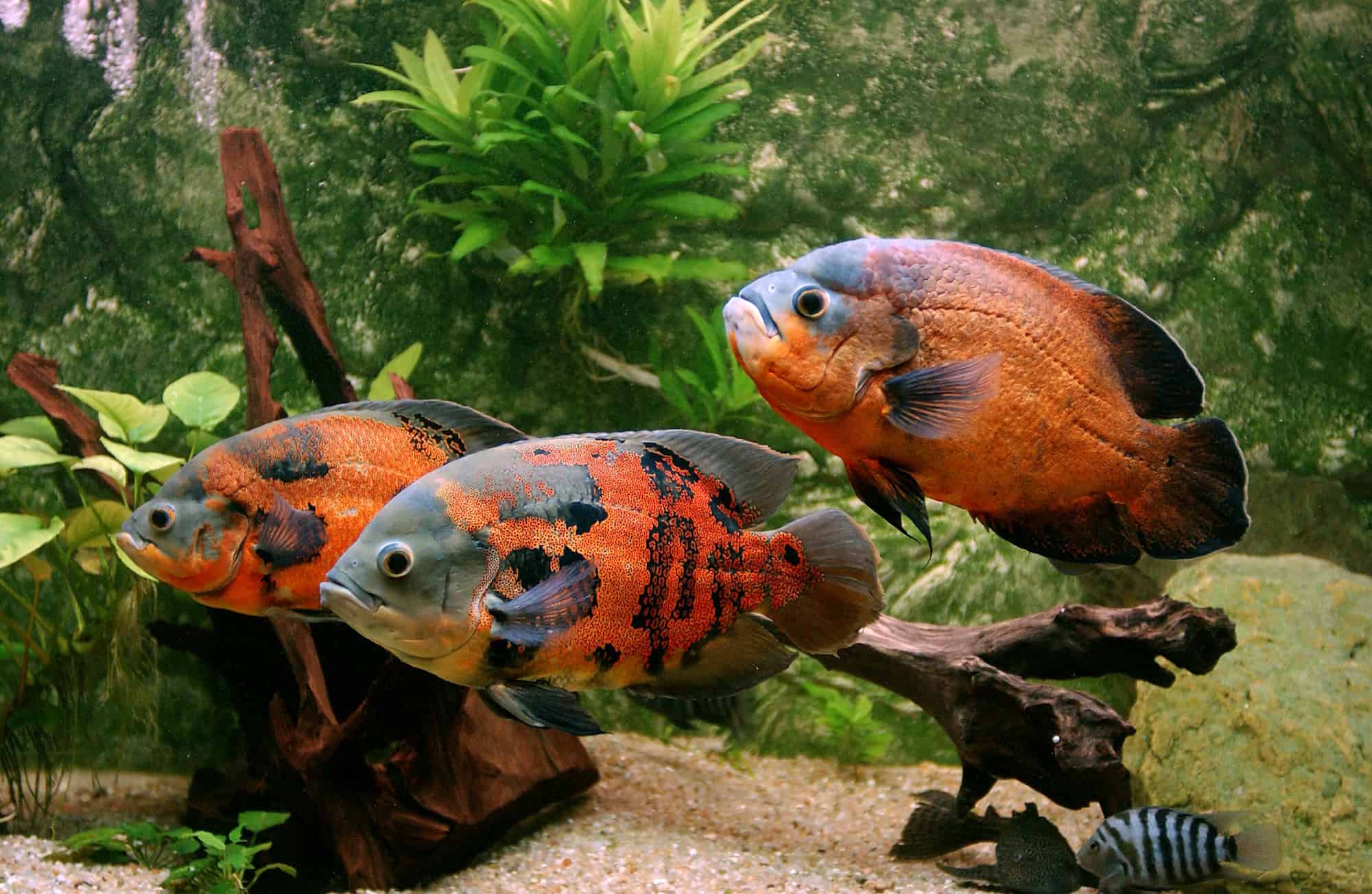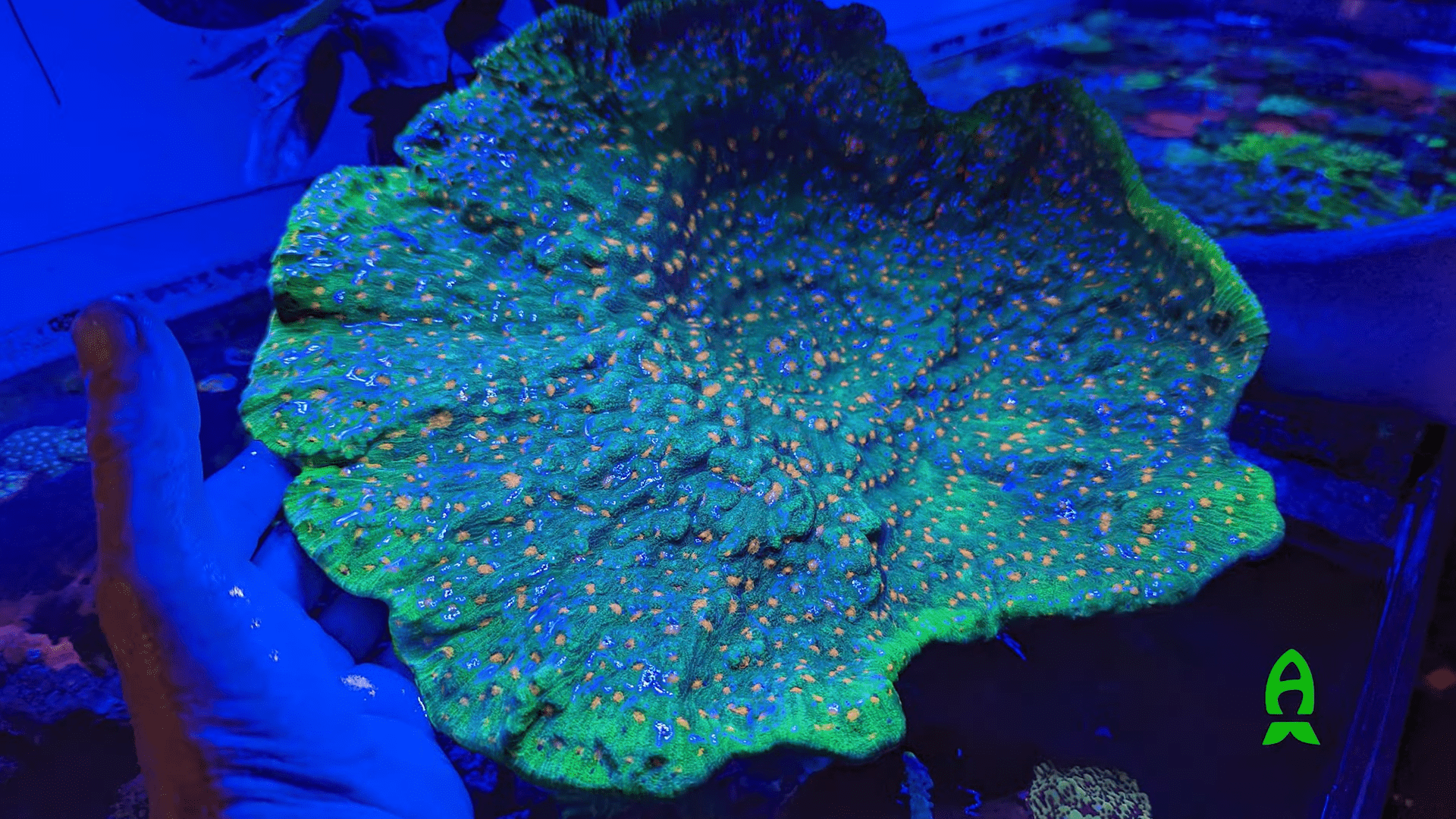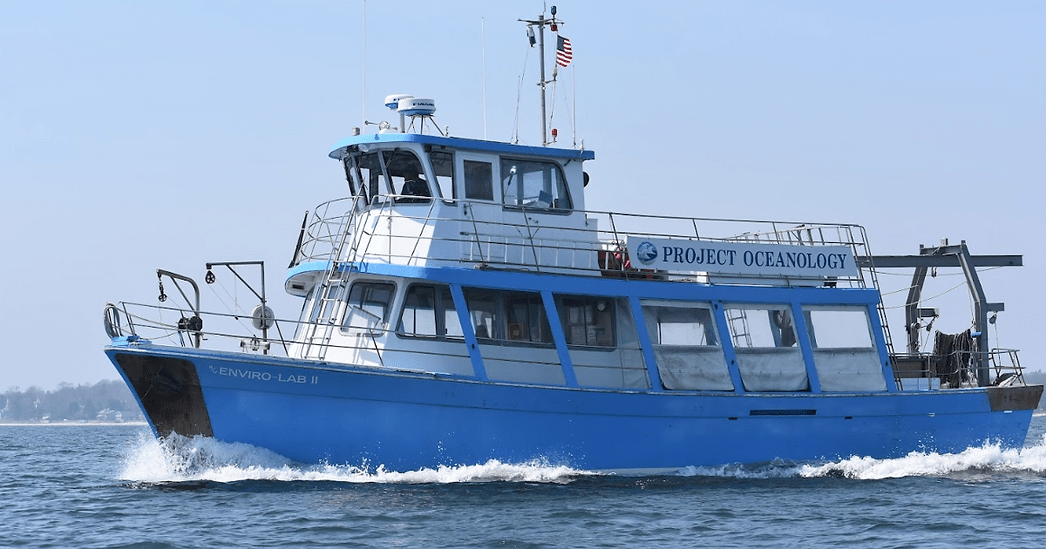Corydoras catfish are one of the most popular tropical fish in the aquarium hobby. These little guys are hardy, cute, entertaining, and beginner-friendly. And there are over 170 varieties to choose from!
But when it comes to choosing the best substrate for Corydoras catfish, many beginners often get it wrong. So, to help you out, we’ve put together this guide to our favorite substrates for these lovely little fish.
Keep reading to learn the best substrate for Corydoras, what substrates to avoid, and what color substrate shows off your fish to the best effect.
Best Substrates for Corydoras Catfish
Let’s cut straight to the chase and dive right in!
Here are some of our favorite substrate choices for a tank with Corydoras catfish.
Flourite Black Sand
Flourite Black Sand
- Best suited to planted aquaria, but may be used in any freshwater aquarium environment
- Most effective when used alone as an integral substrate bed, but it may be mixed with other gravels
- Not chemically coated or treated and will not alter the pH of the water
Corydoras catfish come in a wide range of subtle colors and patterns, and I’ve always preferred to use a dark substrate to show them off to the max. This black substrate is ideal for pale-colored catfish and other species.
This substrate has a bigger grain than pure sand and is ideal for plant growth, providing extra nutrients, too. Since the substrate is porous, it provides plenty of surface area for healthy bacterial growth and is pH-neutral. Even though the grain is a little larger than would be ideal, the catfish can still dig freely through it without damaging their sensitive barbels.
What we like:
- Dark color shows off the fish’s subtle hues and patterns
- Great for plants, providing a firm anchor point and extra nutrients
- Good for bacterial growth, promoting a healthy ecosystem
- pH neutral
Room for improvement:
- This substrate tends to be very dusty, so you need to wash it thoroughly before adding it to your tank.
- This is an excellent quality product, but it’s quite pricey if you’re on a budget.
LANDEN Namale Aquarium Sand
LANDEN Namale Aquarium Sand
- It has strong adsorption performance and purifies the water quality of the aquatic ecosystem. It is suitable for amphibians, reptiles, and other aquatic pets and organisms (such as salamanders, newts, turtles, frogs, freshwater fish, black water organisms, etc.).
If you prefer the natural look, this river sand substrate could be perfect for your aquarium. The sand has fine grains, making it ideal for Corydoras to dig in without risking damage to their barbels.
The substrate is good for plants, offering a secure anchor point while allowing root systems to grow and spread.
What we like:
- Natural color is perfect for a realistic look to your tank
- Good for plants, providing a firm anchor point while allowing root systems to spread and grow
- Safe for fish to burrow and dig in without causing damage to sensitive barbels
- pH neutral
Room for improvement:
- This substrate is still pretty dusty, although it is washed before packing. So, you need to wash the sand thoroughly before introducing it to your aquarium.
- The product is expensive compared with other similar substrates.
Super Naturals Sand
Super Naturals Sand
- Create a supernatural experience by re-creating the natural world in your home
- Grain size reduces built up detritus
- No paints or dyes used
- PH neutral ; safe for all aquarium systems
- Made in the USA
We earn a commission if you make a purchase, at no additional cost to you.
This is the ideal product to choose if you want a substrate that replicates the natural Amazon basin river conditions where Corydoras catfish live.
This substrate is a mixture of very fine gravel and sand, allowing the fish to dig safely and freely, which is great for encouraging natural behavior. This sand is pH neutral and provides a large surface area for bacterial growth, as well as giving plants a secure anchoring point.
What we like:
- Natural sand that replicates the fish’s wild environment
- Good for plants, providing a secure anchor point for roots
- Safe for Corydoras to dig in without damaging sensitive barbels
- pH neutral
- An excellent choice for aquarists on a budget
Room for improvement:
- This substrate is quite dusty and can present a risk of silting up if you don’t wash it thoroughly before use.
Royal Ram Natural California Beach Sand
Royal Ram Natural California Beach Sand
- Royal Ram 1 Pound Natural California Sand offers a visually appealing and natural aesthetic for various applications.
- For those looking to use sand in aquariums or terrariums, the Royal Ram Natural California Sand is designed to be safe for aquatic environments.
This pale, silvery sand is an all-natural product made in the USA. The texture is fine enough for the fish to dig and burrow around without injury, and the sand looks gorgeous when used as a background.
Plants can grow reasonably well in this medium. However, it can create dead spots, so you’ll need to keep on top of your aquarium maintenance and vacuum deep into the substrate to remove pockets of stale water that might harbor harmful bacteria.
What we like:
- Natural sand that looks beautiful in an environment replicating Corydora’s natural habitat.
- Provides a good anchor point for plants.
- Safe for Corydoras to dig and burrow in without sustaining injury
- pH neutral
Room for improvement:
- The substrate works out quite expensive if you have a large tank to fill
- It can create dead spots, so you need to keep on top of your tank maintenance regimen by using an aquarium vacuum regularly to stir up the substrate
What’s the Best Substrate for Corydoras Catfish?
Corydoras catfish prefer a fine, sandy substrate they can dig in. Watch your Corys; they’ll spend much of their time rooting around in the substrate, looking for food scraps, and investigating their surroundings. So, the substrate must have a texture that allows the fish to do that without damaging their sensitive barbels.
Corys do best in a heavily planted tank with plenty of hiding places and shady spots to rest in. Although most plants will grow quite readily in sand, it doesn’t offer the best anchor point for fine plant roots, which could be in danger of floating free unless you weigh them down.
Although many beginners steer clear of large gauge gravel, believing it will damage the Corydoras’ barbels, that’s an urban myth. Your catfish can handle a gravel substrate, although sand is easier and less stressful for them to navigate.
Let’s find out more about the different kinds of substrate you can choose and what makes them suitable or unsuitable for your Corydoras catfish.
Sand
Sand is ideal for Cory catfish. However, not all types of sand are suitable.
Some kinds of sand tend to silt up, causing nasty pockets of dead water without oxygen, killing plants, and creating dead zones where harmful bacteria proliferate. In addition, if you choose sand with a high calcium content, that can cause problems with pH levels and water hardness.
That said, black sand, like the Flourite one reviewed above, sets off your Corydoras catfish’s subtle colors beautifully and makes plants’ vibrant green hues really pop. This sand has quite large grains, making it ideal for plants.
So, in summary, sand is a good choice for several reasons:
- Sand is cheap!
- Corys can dig in soft sand without getting injured.
- Sand is pH neutral, so it doesn’t change the water chemistry in your tank.
- Sand offers a large surface area where beneficial bacteria can proliferate, making your biological filtration system more efficient.
Of course, using sand does have a few downsides:
- As sand grains are so tiny, they can sometimes silt up your filter pump.
- Although most plants will be fine planted in sand, a larger, coarser medium offers better stability and a more secure anchor point.
- Sand is more difficult to clean with an aquarium vacuum cleaner.
Top Tips for Picking Aquarium Sand Substrate
Here are a few pointers to bear in mind when choosing sand for your Corydoras’ tank.
- Choose sand with a minimum grain size of .7mm, and maintain a layer of around 1 inch thick to prevent silting.
- Be wary of play sand and coral sand that contains high levels of calcium.
- Avoid brightly colored sand, as it could stress your fish.
- Use plant species that are known to do well in a sandy substrate.
Aquarium Gravel
If you prefer using gravel to sand, that can work well with Corydoras catfish, although the fish prefer a smooth 1 to 3mm grain. If the grain is too big or sharp, it prevents the catfish from digging freely, which can cause stress. Also, there’s a risk that the fish’s sensitive barbels could be damaged.
I prefer to use gravel since it’s easier to clean with an aquarium vacuum than sand, plants are easier to anchor in it, and it doesn’t tend to cause problems with silting up. On the downside, gravel sometimes contains lots of calcium-rich fragments, which can affect the pH levels in your aquarium.
Types of Gravel
There are several kinds of gravel to consider, including the following:
Aquasoils are great for heavily planted tanks and are preferred by many experienced hobbyists. The main downside to aquasoils is that they are more expensive than regular gravel. That said, the grains are the ideal size for Corydoras catfish to forage through safely.
Pebbles are large stone fragments, measuring from a couple of millimeters to a few inches in size. Although pebbles look nice in your tank, they’re not ideal for Corydoras and other small fish, and plants often won’t grow well in this kind of substrate.
Colored gravel is popular with kids, but I don’t recommend it. The color is generally produced using paints, which can cause water chemistry issues and sometimes stress your fish.
Crushed stone is a relative newcomer to the range of substrates available and is a mixture of small stones. This stone can be rather too sharp for Corydoras catfish and other bottom-dwellers, although it’s good for plants.
Do Corydoras Need a Substrate?
Although many breeders use a bare-bottom tank without any substrate at all, that’s not great for catfish. The fish like to spend much of their time sifting through the substrate and digging around the bases of plants, foraging for scraps of food. If your fish can’t indulge in that natural behavior, they will quickly become stressed, and that could lead to outbreaks of disease and a failure to thrive.
A tank without substrate is undoubtedly much easier to maintain since you only need to vacuum up any waste matter from the bare glass rather than having to delve deep into the substrate to clean it.
However, a lack of substrate also means less area for beneficial bacteria to colonize, potentially weakening your biological filtration system. For that reason, unless you are planning on setting up a dedicated breeding tank for your Corydoras, you should use a suitable substrate.
Final Thoughts
Corydoras catfish should always be kept in a tank with a suitable substrate, as that allows them to behave naturally by digging for food and exploring around plant bases.
The best kind of substrate for these fish is either a fine-gauge gravel or a relatively coarse sand. Personally, I prefer to use gravel because it provides a better anchorage for my living plants and encourages healthy bacteria to grow in the tank. I have never had a problem with my Corydoras catfish struggling to forage through gravel, provided the pieces are not sharp or too large.
What substrate did you choose for your Corydoras catfish tank? Tell us in the comments box below.






